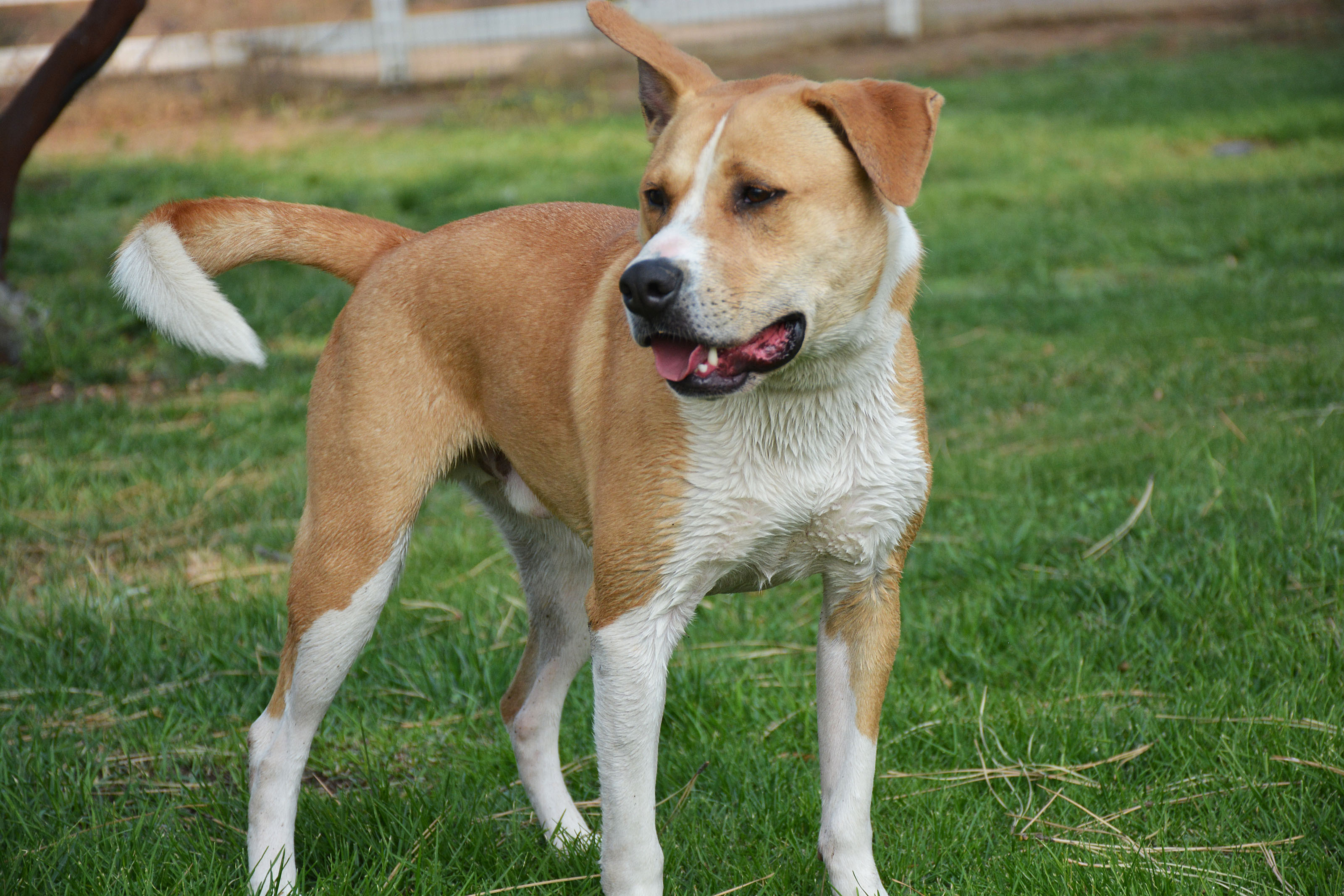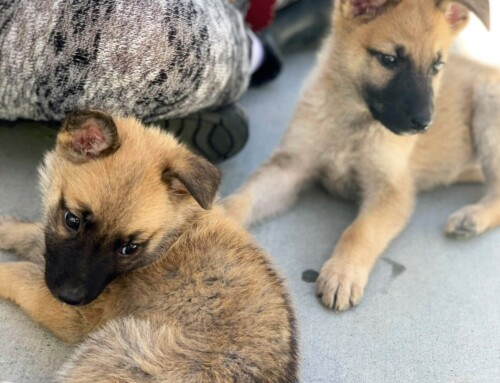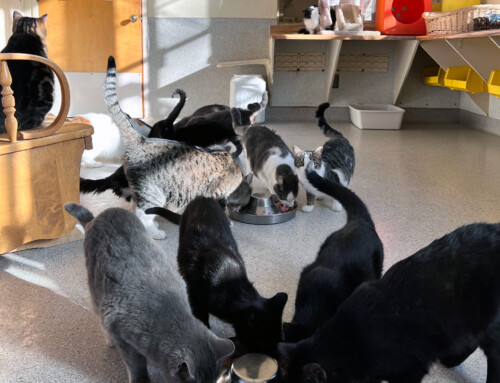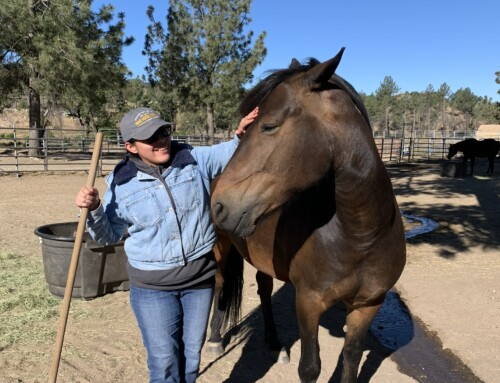What does a wagging dog tail really mean? A dog’s body language, from their head to their tail, provides important information on what a dog is communicating. Just as a dog needs to learn to understand us, we should respect and recognize the language of dogs.
There are many clues a dog gives us as to how they are thinking or feeling. The position of the head, the ears, the eyes, the body movement and, of course, the tail. When it comes to reading the tail, there are many types of wags to decipher.
Here are some things to look for when reading a dog’s tail wag:
- Position – Is the tail held high, low, or neutral?
- Tension – Is the tail stiff or relaxed?
- Wagging Speed – How fast is the tail moving?
Happy, Friendly
- Low, wide sweeping swings that can cause the whole body to move.
- Low or neutral, relaxed, with short, back and forth wags.
Playful, Excited
- High, vigorously waving tail often accompanied by a play bow or a full body wag.
- High or neutral, wagging in a fast, often circular motion, sometimes called a helicopter tail.
Aggressive, Stand-offish, Dominant
- High, stiff, with a very slight wag at the tip of the tail accompanied by a stiff body.
- Neutral or low, stiff, slow moving wags often accompanied by barking and raised hackles.
Scared, Nervous, Submissive
- Low, slow wags with a lowered head.
- Low, slightly tucked between the legs, short wags, with the whole body lowering to the ground.
These are just some of the many nuances to the language of the dog. Understanding dog “talk” is beneficial for both humans and dogs to navigate the world together.








These photos make me smile. Love to see happy dogs.